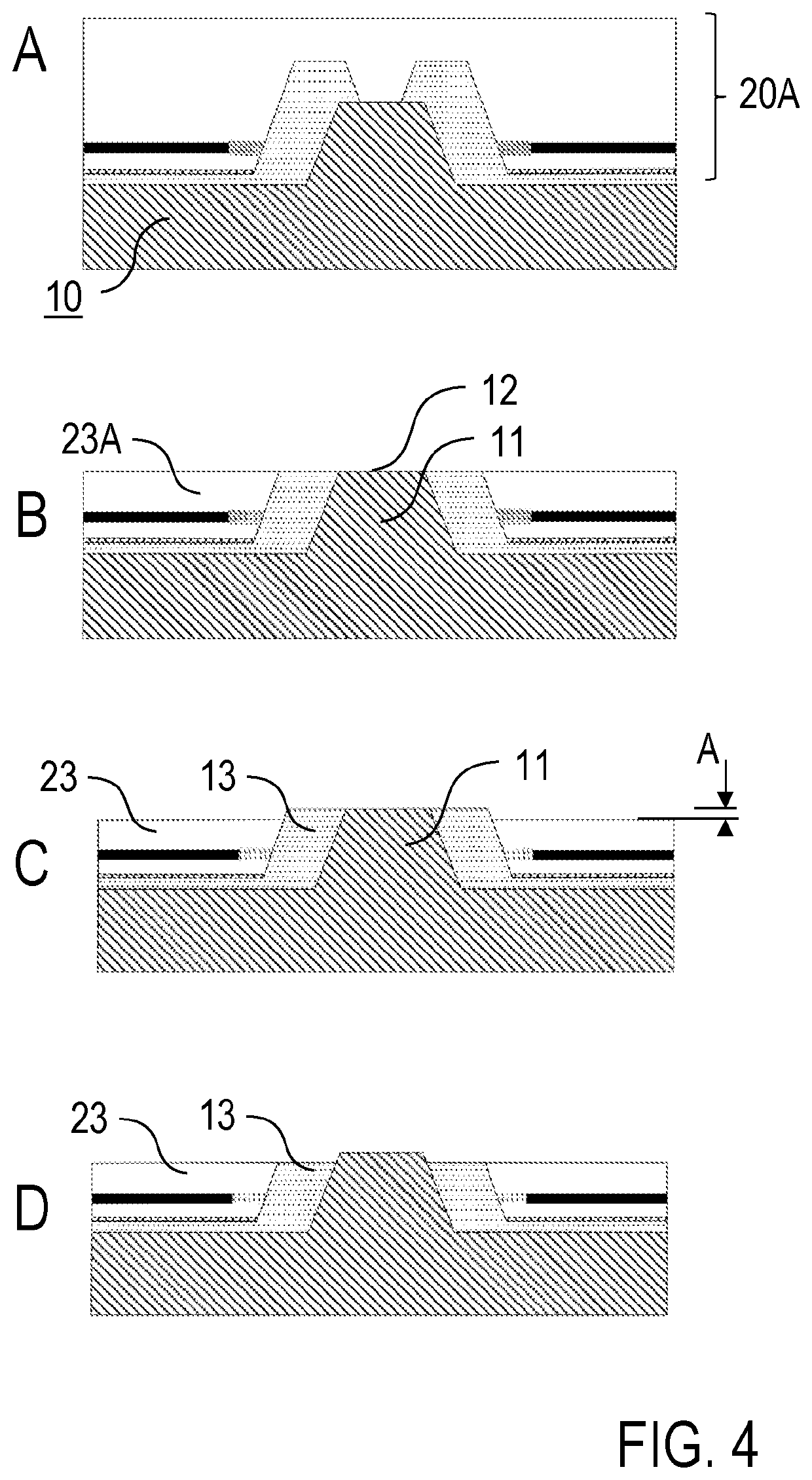Electrostatic holding apparatus with a layered composite electrode device and method for the production thereof
a technology of composite electrodes and holding apparatuses, applied in the field of holding apparatuses, can solve the problems of increasing production effort, high cost, and requiring regular cycle renewal, and achieve the effects of simple connection to the base body, limited chemical and/or physical resistance, and complex time-consuming processing
- Summary
- Abstract
- Description
- Claims
- Application Information
AI Technical Summary
Benefits of technology
Problems solved by technology
Method used
Image
Examples
Embodiment Construction
[0052]Preferred embodiments of the invention are described below making exemplary reference to features of an electrostatic holding apparatus for silicon wafers, wherein the electrostatic holding apparatus is shown schematically and not to scale. The implementation of the invention is not restricted to this use. Other uses of the holding apparatus are possible, for example, for the holding of glass plates with metal coatings, or exposure masks, wherein for other uses, the form of the base body, in particular the burls, the materials and the dimensions of the electrode device are adapted to the specific requirements. Deviating from the illustration, the base body can comprise a single plate or can be made multilayered from a plurality of sub-plates. Furthermore, for practical applications of the holding apparatus in the handling of semiconductor wafers, the base body is provided on both sides with burls and each provided with an electrode device. Details of the specific configuration...
PUM
| Property | Measurement | Unit |
|---|---|---|
| diameter | aaaaa | aaaaa |
| diameter | aaaaa | aaaaa |
| height | aaaaa | aaaaa |
Abstract
Description
Claims
Application Information
 Login to View More
Login to View More - R&D
- Intellectual Property
- Life Sciences
- Materials
- Tech Scout
- Unparalleled Data Quality
- Higher Quality Content
- 60% Fewer Hallucinations
Browse by: Latest US Patents, China's latest patents, Technical Efficacy Thesaurus, Application Domain, Technology Topic, Popular Technical Reports.
© 2025 PatSnap. All rights reserved.Legal|Privacy policy|Modern Slavery Act Transparency Statement|Sitemap|About US| Contact US: help@patsnap.com



